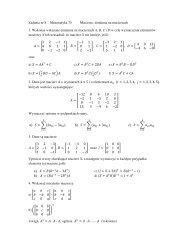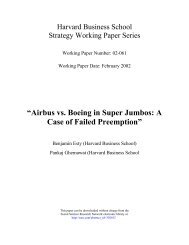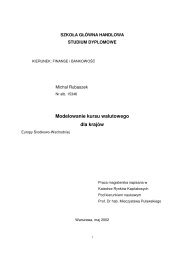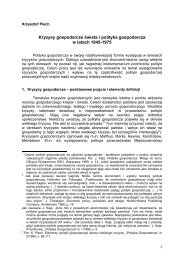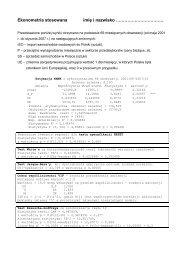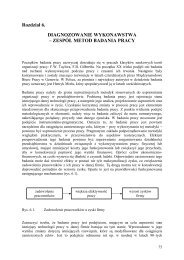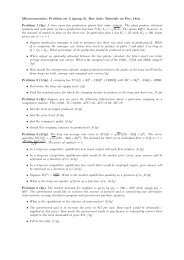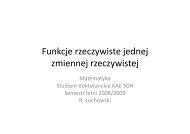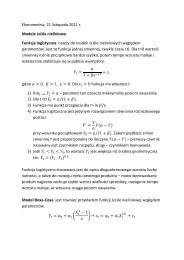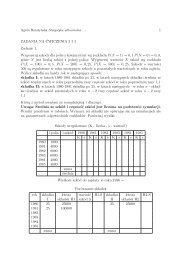Problem sets for Microeconomics II [110051-0471]
Problem sets for Microeconomics II [110051-0471]
Problem sets for Microeconomics II [110051-0471]
You also want an ePaper? Increase the reach of your titles
YUMPU automatically turns print PDFs into web optimized ePapers that Google loves.
c. A public interest group supports the subsidy, arguing that it helps consumers<br />
and producers alike. Economists oppose the subsidy, declaring that it leads<br />
to an inefficient level of output. In your opinion, which side is correct<br />
Explain carefully.<br />
Exercise 5.4. Until recently, the market <strong>for</strong> air travel within Europe was highly<br />
regulated. Entry of new airlines was severely restricted, and air fares were set<br />
by regulation. Partly as a result, European air fares were and continue to be<br />
higher than U.S. fares <strong>for</strong> routes of comparable distance. Suppose that, <strong>for</strong> a given<br />
European air route (say, London to Rome), annual air travel demand is estimated<br />
to be Q = 1, 500 − 3P, where Q is the number of trips in thousands and P is<br />
the one-way fare in dollars. In addition, the long-run average (one-way) cost per<br />
passenger along this route is estimated to be $200.<br />
a. Some economists have suggested that during the 1980s and 1990s there was<br />
an implicit cartel among European air carriers whereby the airlines charged<br />
monopoly fares under the shield of regulation. Given the preceding facts,<br />
find the profit-maximizing fare and the annual number of passenger trips.<br />
b. In the last five years, deregulation has been the norm in the European market,<br />
and this has spurred new entry and competition from discount air carriers<br />
such as Ryanair and easyJet. Find the price and quantity <strong>for</strong> the European<br />
air rout if perfect competition became the norm.<br />
Exercise 5.5. Demand <strong>for</strong> microprocessors is given by P = 35 − 5Q, where Q is<br />
the quantity of microchips (in millions). The typical firm’s total cost of producing<br />
a chip is C i = 5q i , where q i is the output of firm i.<br />
a. Under perfect competition, what are the equilibrium price and quantity<br />
b. Under perfect competition, find total industry profit and consumer surplus.<br />
c. Suppose that one company acquires all the suppliers in the industry and thereby<br />
creates a monopoly. What are the monopolist’s profit-maximizing price and<br />
total output<br />
d. Compute the monopolist’s profit and the total consumer surplus of purchasers.<br />
e. Discuss changes between your answers in parts b. and d.<br />
Exercise 5.6. Suppose that, over the short run (say, the next five years), demand<br />
<strong>for</strong> OPEC oil is given by Q = 52.5 − 1.25P. (Here Q is measured in millions of<br />
barrels per day.) OPEC’s marginal cost per barrel is $10.<br />
14


![Problem sets for Microeconomics II [110051-0471]](https://img.yumpu.com/32645692/14/500x640/problem-sets-for-microeconomics-ii-110051-0471.jpg)

